Nano-actuated magneto-mechanical devices can change shape on command using a remote magnetic external stimulus, with a control at the subnanometer scale.
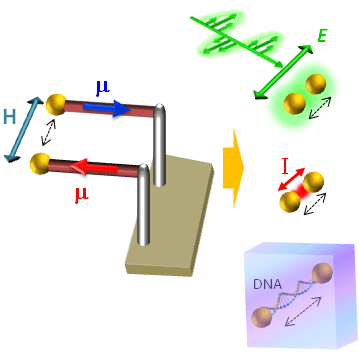

Nano-actuated magneto-mechanical devices can change shape on command using a remote magnetic external stimulus, with a control at the subnanometer scale.
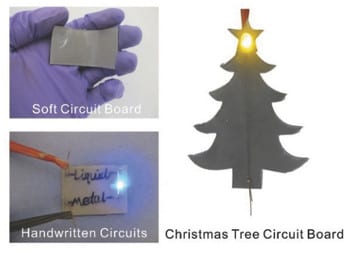
This video shows that it is possible to ‘mechanically sinter’ liquid metal nanoparticles to form soft, electrically conductive traces by hand.
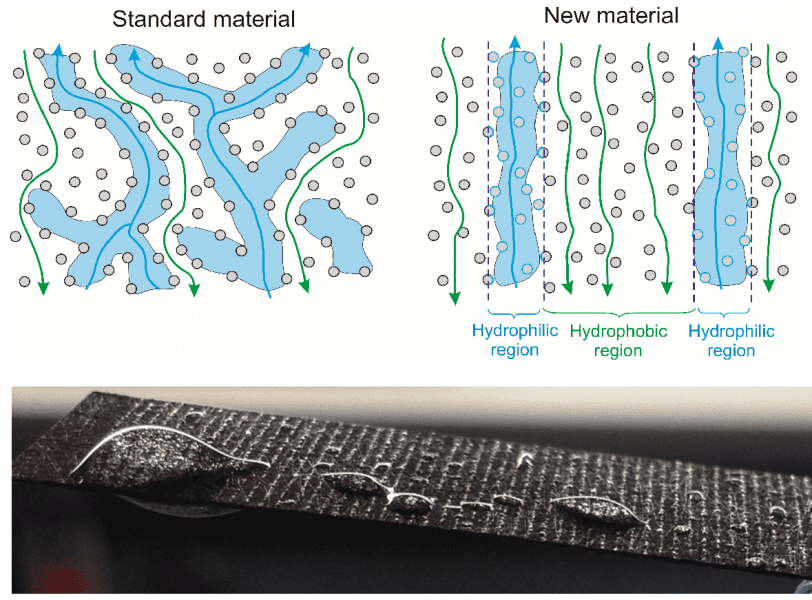
Researchers at the Paul Scherrer Institute have developed a coating technique that improves water management in fuel cells, thus raising their efficiency.
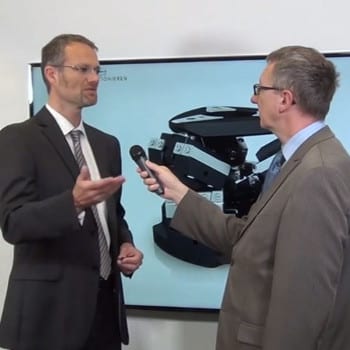
Mark Freyer, Head of the Product Division for Piezoelectric Inertia Motors at Physik Instrumente in Karlsruhe, discusses their new stick-slip piezomotor.
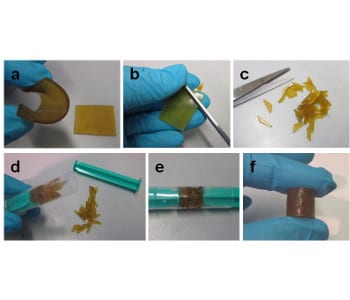
Researchers at IK4-CIDETEC report a new, isocyanate-free synthesis of self-healing polyurethanes using a metallophilic crosslinking method.
Dr Loh Xian Jun discusses his review article on potential clinical applications for biodegrable thermogelling polymers.
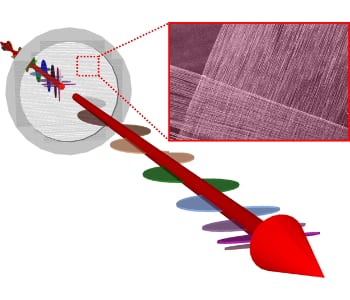
Cole et al. report the fabrication of free-standing, horizontally aligned carbon nanotube membranes.
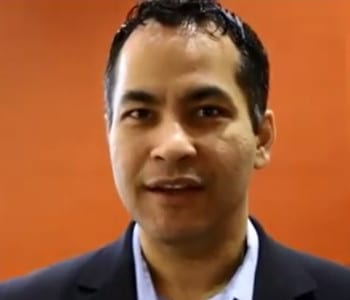
Professor Ali Khademhosseini spoke to us about his research into regenerative medicine at the 2014 ACS National Meeting in San Francisco.
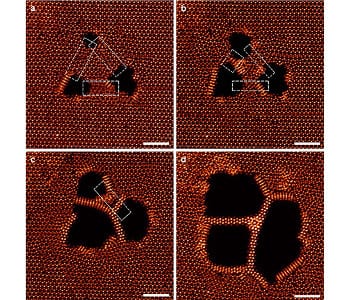
Flexible metallic wires, only three atoms wide, produced with scanning transmission electron microscope.
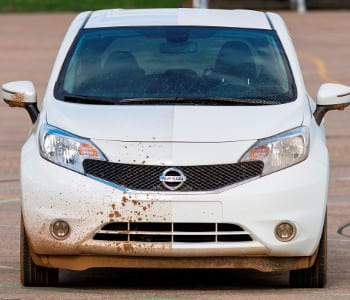
Nissan in Europe has begun tests on super-hydrophobic and oleophobic paint technology that repels mud, rain and everyday dirt.